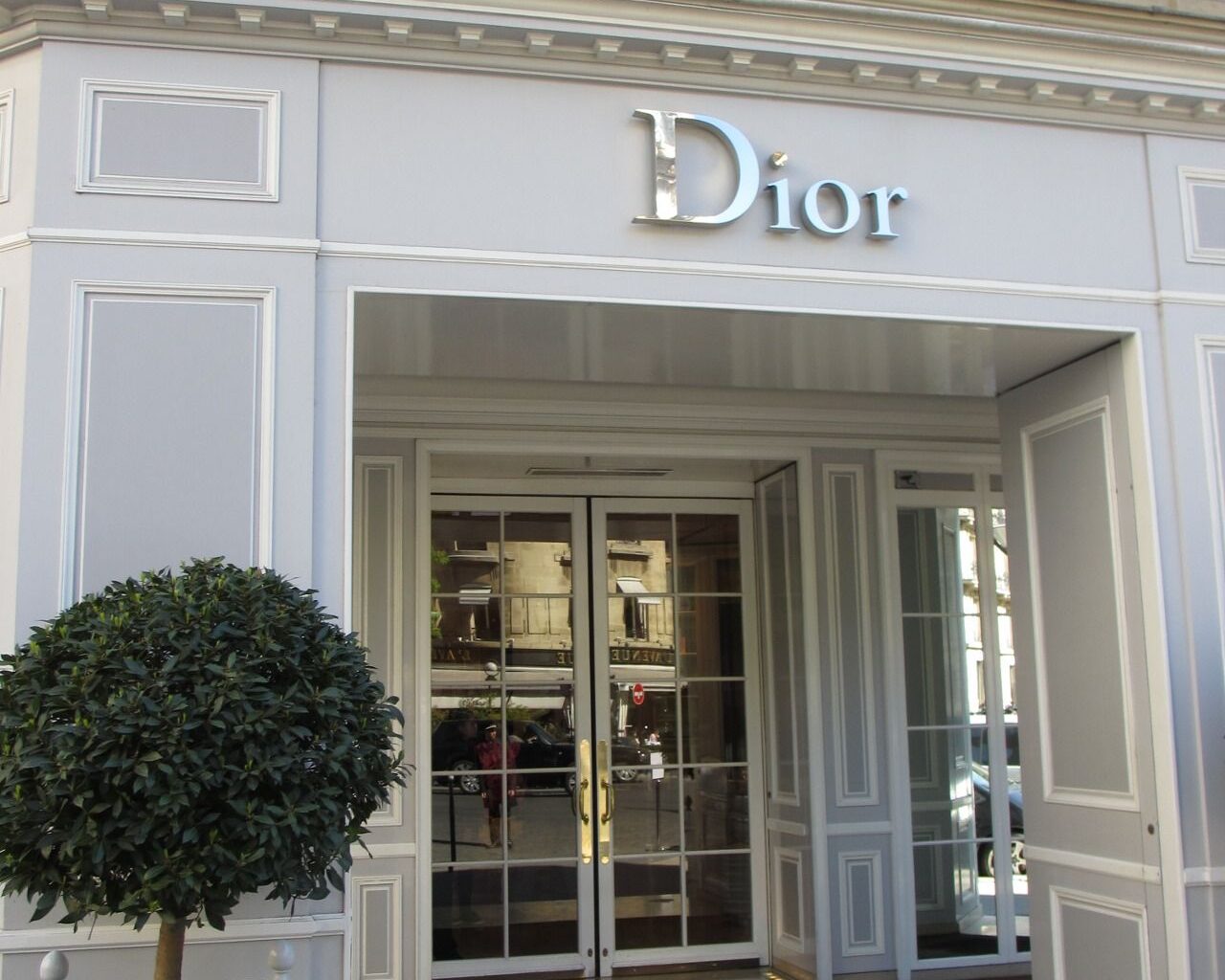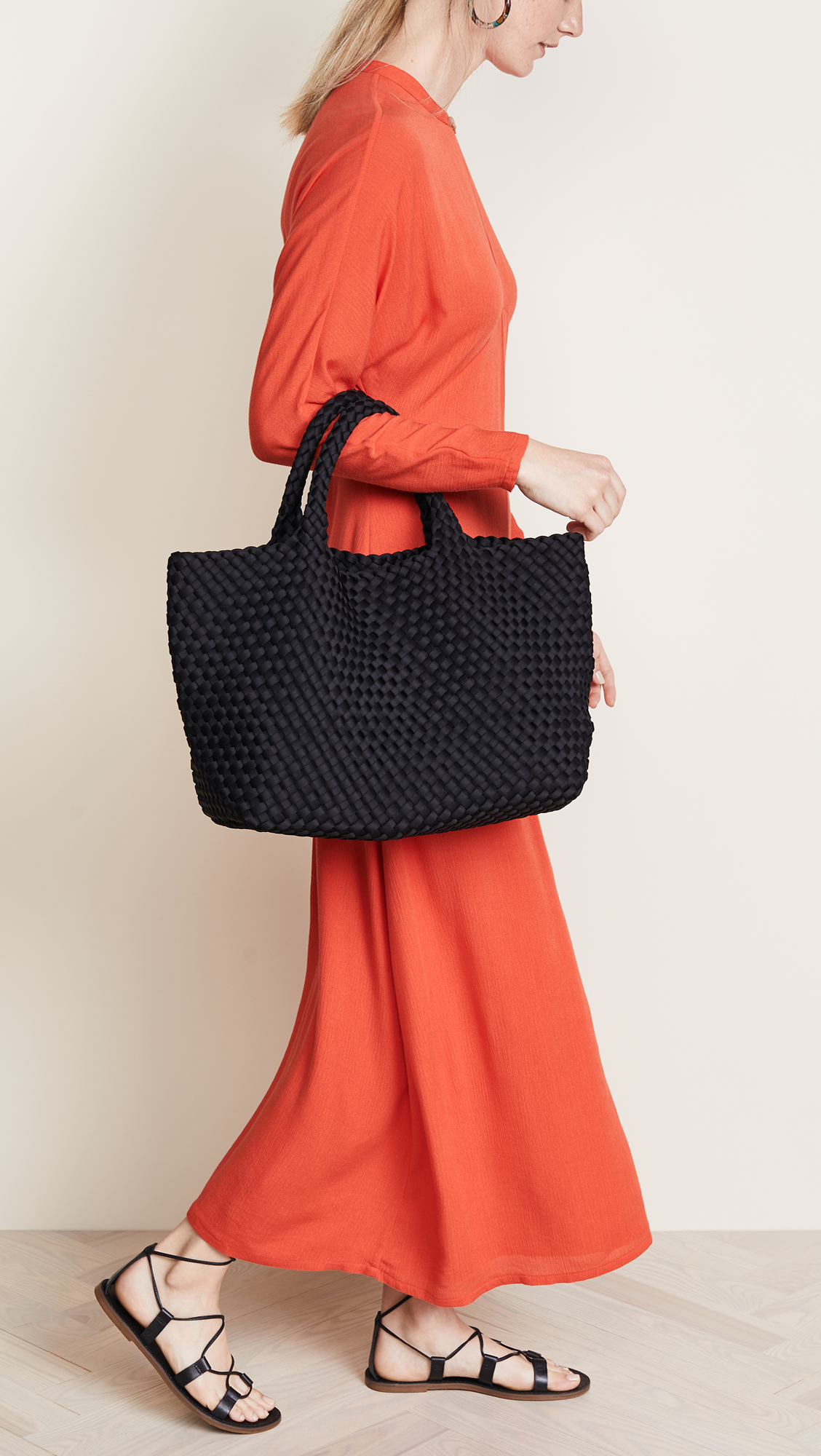At Glam Observer, we are committed to teaching you not only about career opportunities in fashion and the history of designers but also the industry’s fundamentals, including key fashion terms and definitions.
Have you ever heard of the term “fashion pyramid”?
This term is part of the fashion industry’s business vocabulary. If you are a fashion professional – or aspiring to be -, or just someone passionate about fashion, you should know what a fashion pyramid is.
Fashion Business Fundamentals: A Fashion Pyramid Of Brands
What Is A Fashion Pyramid?
A fashion pyramid is an important tool to understand about brand segmentation. It is presented in form of a graphic that segments fashion brands according to their value and position in the market.
Fashion Pyramid Graphic
This is what a fashion pyramid looks like.

Brand Distribution In The Fashion Pyramid
The most prestigious brands of the industry – haute couture ones – are positioned at the top of the pyramid because they are the most expensive, their products are created from the highest quality materials and made to order, and they target very few people.
Below haute couture brands, you will find luxury houses which make ready-to-wear clothes, shoes, and accessories. Most of the luxury products are available off-the-rack (meaning you can buy them directly at the store) but only top-spending customers can afford them due to the high price tag.
Premium and high-street brands serve as a bridge between luxury and mass market brands, balancing quality and affordability.
Finally, mass market/fast-fashion brands are the most affordable and thus attract the most consumers.
The further you go down the pyramid, the more the price and quality decrease, and things such as distribution, industrialization, and products suitable for daily use increase.
Fashion Pyramid Brands Examples
Here are some examples of brands in the pyramid:
Haute Couture Brands:
Dior, Schiaparelli, Chanel.
Luxury Houses:
Prada, Yves Saint Laurent, Giorgio Armani, Gucci, Burberry.
Accessible Luxury Brands:
Ralph Lauren, Max Mara, Paul Smith, Stella McCartney, Dsquared.
Middle Market, High Street Brands:
Guess, Calvin Klein, Hugo Boss, Michael Kors, Coach.
Economy Fashion Brands:
Premium mass-market companies like Massimo Dutti, Sisley, COS, & Other Stories, and mass-market giants like Zara, H&M, Stradivarius, Bershka, Uniqlo, Mango, American Eagle, GAP, etc.
What influences the brand positioning in the fashion pyramid?
Many factors influence how a fashion brand is positioned in the pyramid:
- Price range
- Quality of clothes and fabrics
- Target audience
- Use (everyday wear, custom clothing…)
- Customer service
- Customer experience and brand perception
Can the position of a brand in the fashion pyramid change over time?
Some fashion and luxury houses nowadays have one or more sub-brands, including diffusion lines, (aka lower-priced collections) beauty lines, home collections, etc. This allows them to diversify their businesses, tap into new industries, and attract new customers.
Having different product lines allows fashion and luxury brands to move between the different segments of a fashion pyramid. A good example is Giorgio Armani, which has a Haute Couture label “Armani Privé”, but also a couple of diffusion lines including Emporio Armani and Armani Exchange.
Moreover, when brands from different segments team to release capsule collections, like H&M and Mugler, Jacquemus and Nike, or Victoria Beckham and Mango, their brand perception in the collective thinking can evolve. For example, when a fast-fashion brand partners with a luxury house, it makes the fast-fashion label more exclusive and luxurious.
However, the main positioning of the brand is still decided by the original category to which it belongs. To go back to the example of H&M and Mugler, the Swedish retailer would still be considered a mass-market label despite its collaboration with a high-end designer house.
Do you want to learn more key terms used in the fashion industry?
Subscribe here to our daily newsletter 365 days of fashion where we teach you the fashion industry fundamentals.








